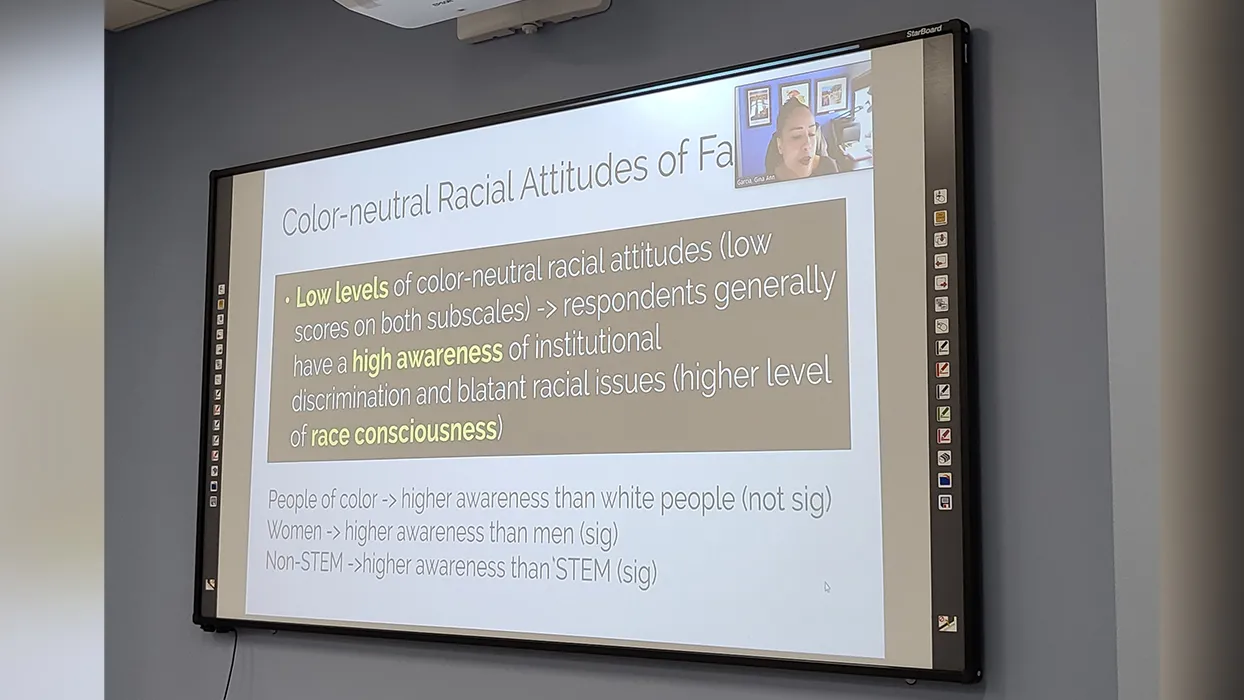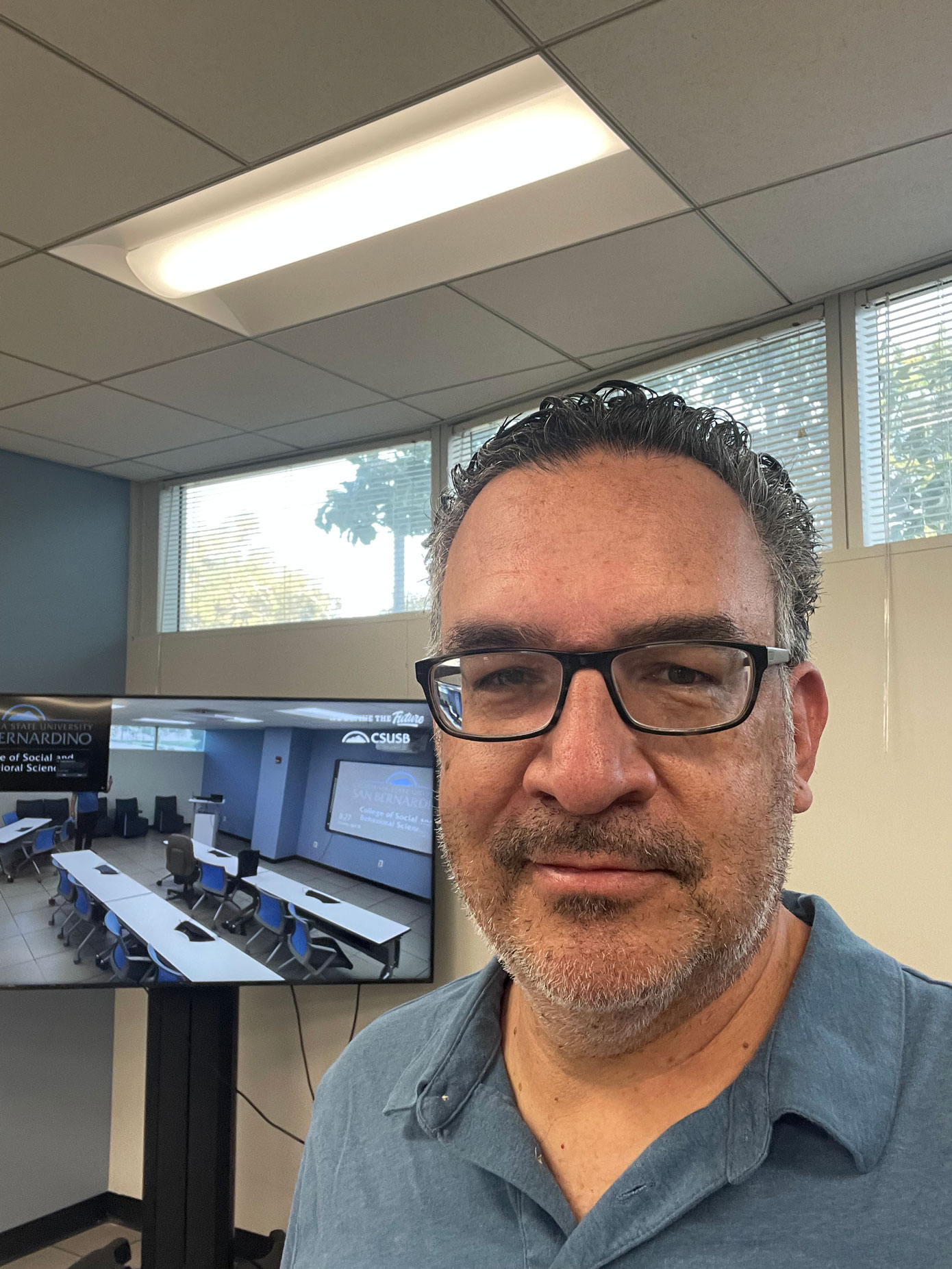Joe Gutierrez | CSUSB Office of Strategic Communication | (951) 236-4522 | joeg@csusb.edu

After years of collaborative work with his colleague, Cal State San Bernardino associate professor of sociology José Muñoz has finally reached one of his long-term goals: he earned a National Science Foundation (NSF) grant worth $49,000 to explore the realities of contingent Latinx faculty in STEM (science, technology, engineering, mathematics).
“My hope is that my colleague and I can make a difference with this important project,” said Muñoz, who partnered with Idalis Villanueva, an associate professor in the Department of Engineering Education at the University of Florida. Villanueva received $51,000, bringing the collaborative grant to $100,000.
“The award from HSI NSF met one of the long-term goals I had for myself as a scholar, which was to bring in external funding to our great campus,” Muñoz said.
The NSF project, called “Collaborative Research: HSI Conference: Exploring the Realities of Contingent Latinx Faculty in STEM,” funded the collection of pilot study data at a conference held at CSUSB in late April. The two-day Hispanic-Serving Institutions (HSI) Conference project, which aimed to explore across HSIs more deeply the realities of contingent Latinx faculty with various research and teaching roles, focused on the experiences of 25 invited CSU Latinx adjunct faculty in STEM.
“The conference went incredibly well,” Muñoz said. “Holding the conference on our campus was a major outcome. Our CSU Latino STEM faculty showed a lot of vulnerability and compassion during the event regarding their roles as teachers, mentors and researchers.”

This collaborative project consists of a two-part conference, one part for faculty members themselves, and one for their administrators (to be held next year). This work explores the working realities of contingent faculty who represent over 46% of the employed faculty in higher education systems.
In particular, the project seeks to understand the challenges many contingent faculty, primarily from the Latinx communities, experience in the CSU system. CSUs collectively form one of the largest pools of HSIs in the nation in terms of Latina/o undergraduate enrollment in HSIs. This work will contribute to a fairly untapped and underexplored area of research to help uncover the hidden barriers that prevent the success and navigation of these individuals in their professions.
“Having worked as contingent faculty in the CSU for many years, their contributions resonated with me,” Muñoz said of the conference participants. “I felt we met one of our major goals, which was to create an environment where the participants could network and make connections, which potentially can endure. I believe this was one of the major takeaways of the event itself.”
Although the conference was primarily focused on Latinx contingent faculty in STEM, the anticipated work and results will serve as a baseline for future research as well as policy-informed initiatives to support the success of these faculty, and by extension their students.
“The project itself was meaningful as we provided a setting for contingent faculty who are responsible for much of the teaching across the CSUs,” said Muñoz. “A majority of the non-white lecturers (including all disciplines) are Latino, which is one of the significant findings that emerged as we prepared for our conference.”
For more information, read the NSF grant abstract.